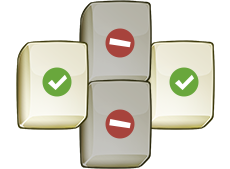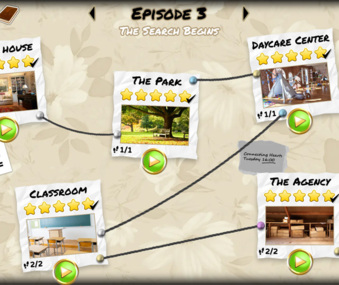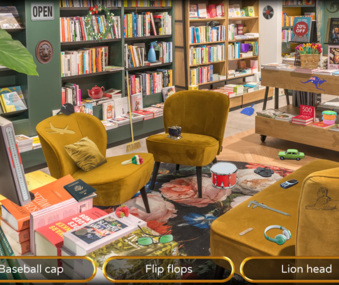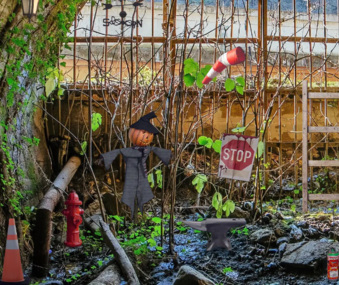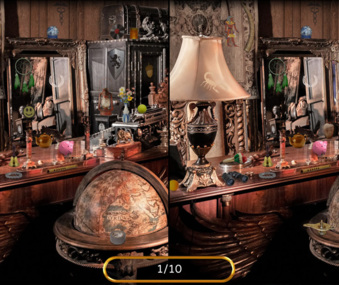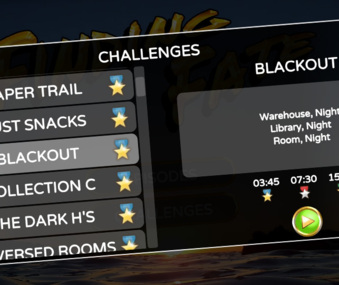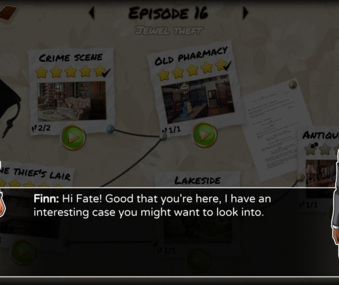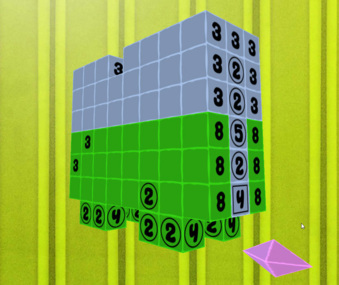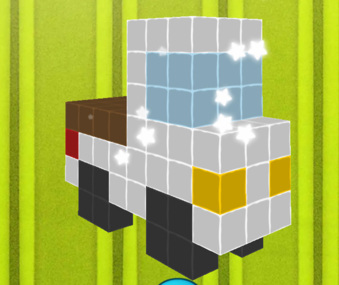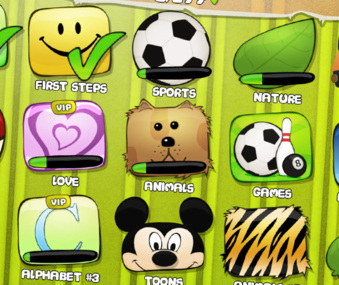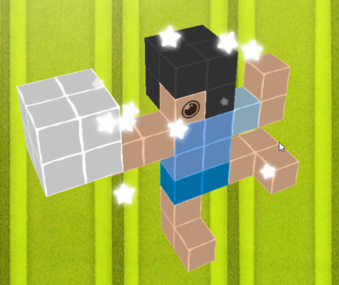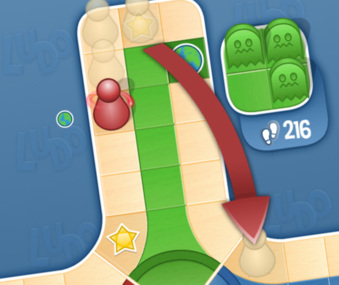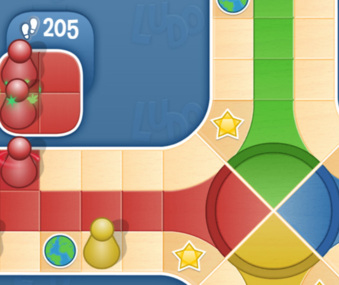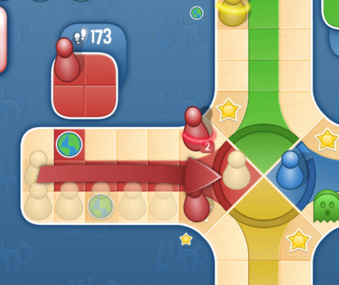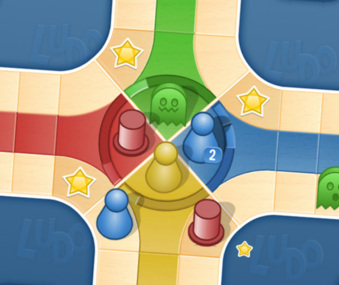
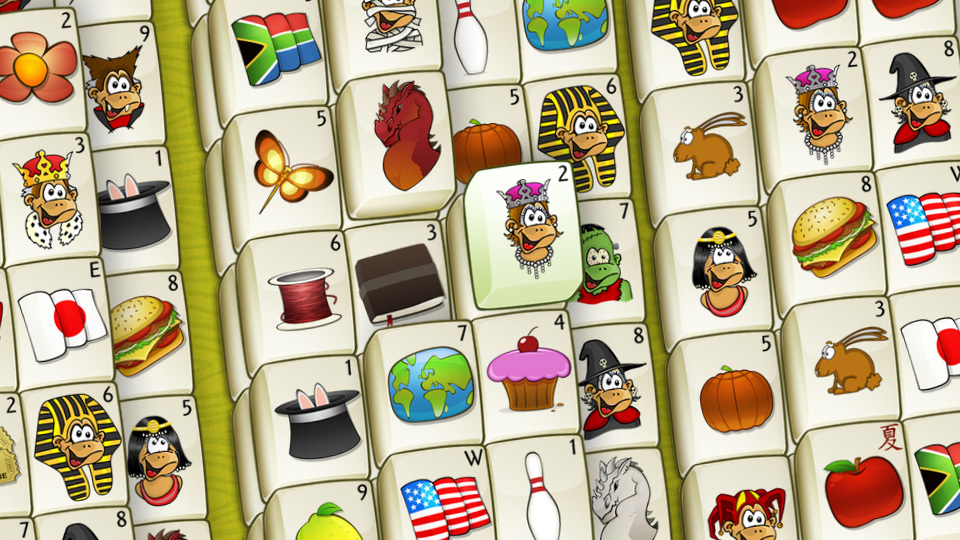
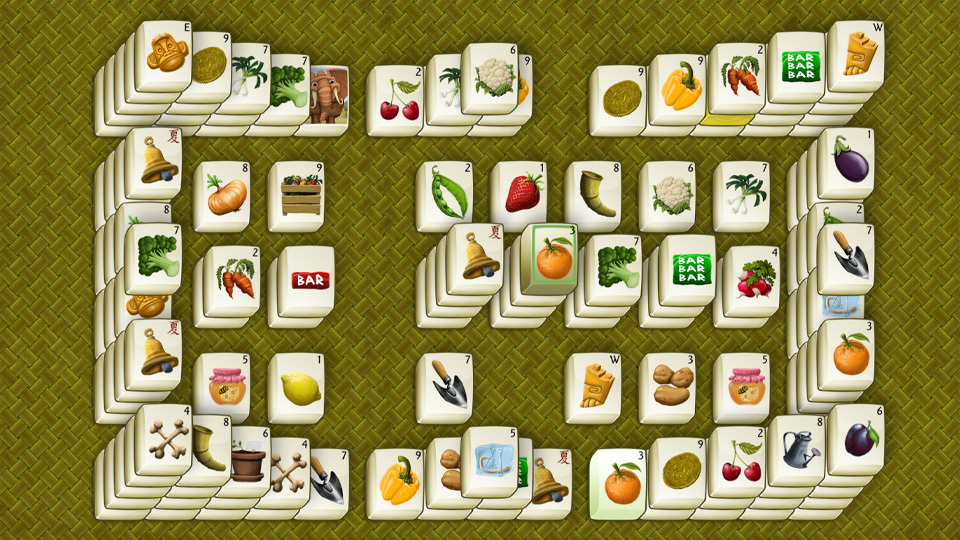
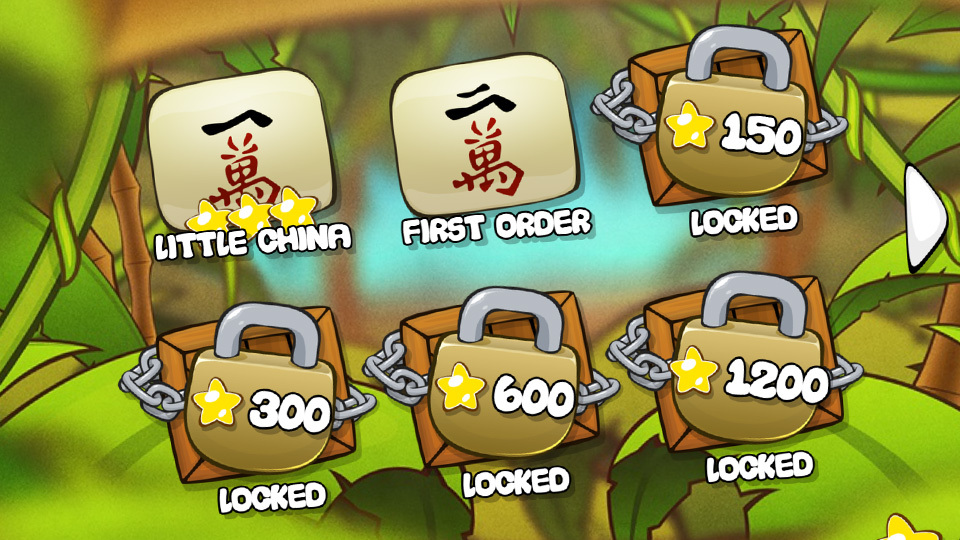
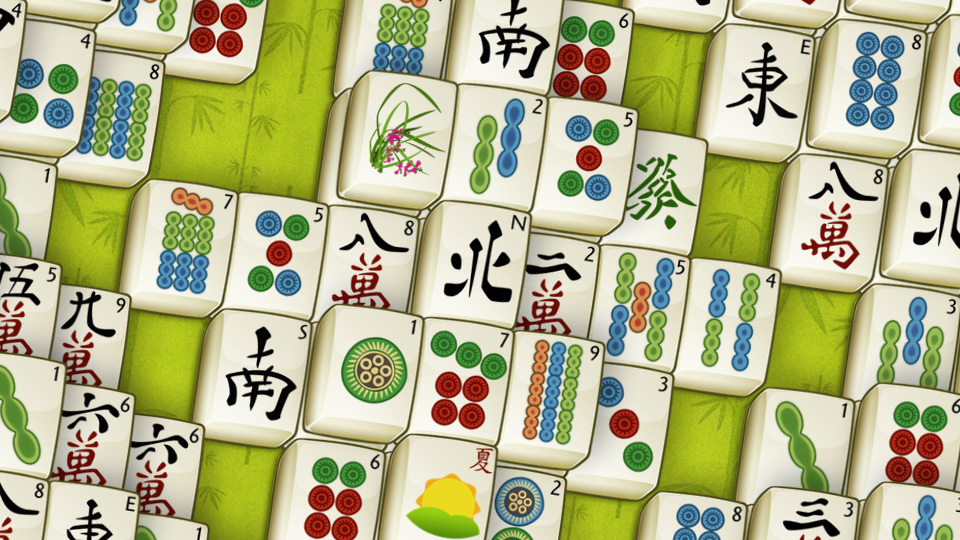
Mahjong 3
Mahjong is a popular Chinese solitaire game. Mahjong is easy to learn, but requires good skills to master. Our version of Mahjong is graphically beautiful and contains thousands of courses you can play for endless entertainment.In addition, our Mahjong includes special tiles and the option to go star hunting.
You can also build your own levels and share them with your friends.
Medals in Mahjong 3
Challenges in Mahjong 3
Latest news in Mahjong 3

New books in Mahjong 3

New books in Mahjong 3

New books in Mahjong 3
How to play Mahjong
Mahjong 3 is a new and beautiful version of the popular Chinese solitaire. In this solitaire game there are even more courses, special tiles and stars to collect.
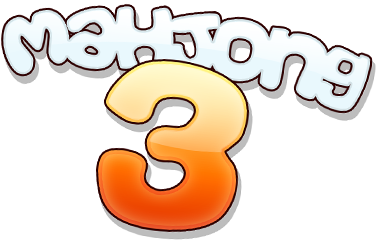
Rules
The playing field
Stars & Shuffle
Help function
The tiles
Tactics
Special tiles
Course builder
RulesMahjong is easy to learn but requires great care to master. A Mahjong level consists of 144 tiles. A tile can be paired with an identical tile, if it is free. A tile is only free, if the right and/or left side of the tile is free, and if there is no tile on top of it. See the following examples:
|
 | Tutorial LevelsIf you have not played the tutorial levels yet, you can access them by pressing "?" on the front of the game. These levels can help you understand the very simple rules. |
Game surfaceOverview of the game area |
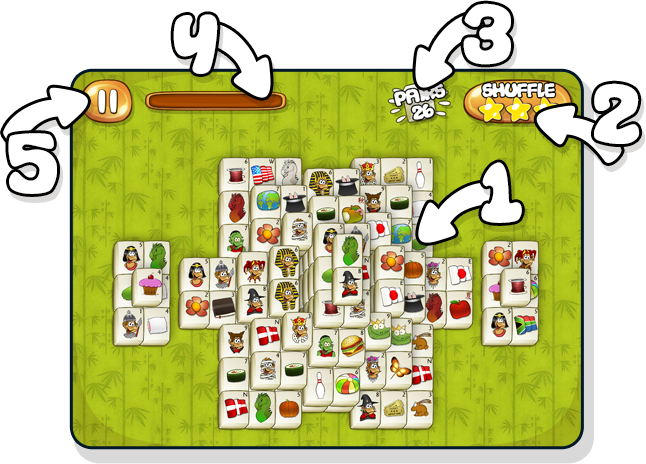 |
|
 | Stars & ShuffleIn Mahjong 3 you can shuffle the tiles over and over again. The first 3 times you use the shuffle function, it will get you one less star when completing the level. That means, if you have shuffled the tiles 2 times and then complete the level, you receive 1 star for your collection. Of course you can just play the level again and see if you manage to get all three stars the second time. Gold stars are awarded for completing regular standard levels. Silver stars are awarded for completing user levels (friend levels). Bronze stars are awarded for completing try out levels. |
Help functionIf you have not removed any pairs for a while, a help function will highlight some free pairs you can choose to remove. If you don't want to see this help, it can be turned off in the side menu. | 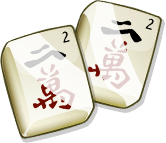 |
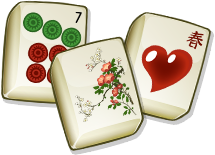 | The tilesThe original Chinese solitaire has a few different character sets used to describe the tiles. |
Bamboo tiles

There are 4 of each bamboo tile in a normal Mahjong level.The bamboo tiles traditionally stand for copper coins on a string.
Character tiles

There are 4 of each character tile in a normal Mahjong level.The character tiles show the numbers 1-9 in traditional Chinese. The red character at the bottom stands for 10,000.
Circle tiles

There are 4 of each circle tile in a normal Mahjong level.The circle tiles symbolise the traditional copper coins.
The four winds

The wind tiles represent the four directions on the compass. North(N), South(S), East(E) and West(W).
Dragon tiles

There are 3 different dragon tiles, and 4 of each in a normal Mahjong level.The dragon tiles symbolize the 3 coloured dragons, green, red and white.
Flower tiles

There is one of each in a normal Mahjong level and they can all be paired with each other.The flower tiles represent the four noble men of Chinese art. Cherry, Orchid, Chrysanthemum and Bamboo.
Season tiles

There is one of each in a normal Mahjong level and they can all be paired with each other.The season tiles represent the four seasons of Spring, Summer, Fall and Winter. These tiles also have their corresponding Chinese characters for the season, coloured in red in the top right corner.
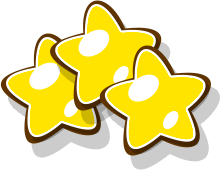 | TacticsAs the levels get harder and harder, it also becomes necessary to use some tactics to get all 3 stars. Basically, it's always about removing tiles to open up opportunities to remove more pairs rather than removing any that don't offer more opportunities. |
 | A good matchTwo pieces that both open up other pieces below or behind them is a perfect match. |
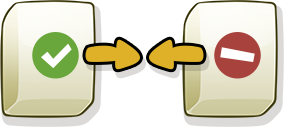 | An okay matchAn okay match is one that doesn't open the level up further. This move should only be made when there are no better options. |
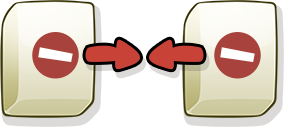 | A bad matchA bad match is when you match tiles that are totally free and do not block for others, or only block one other tile. If you only match these tiles, you end up with no more free pairs left very quickly. |
Tactics examples |
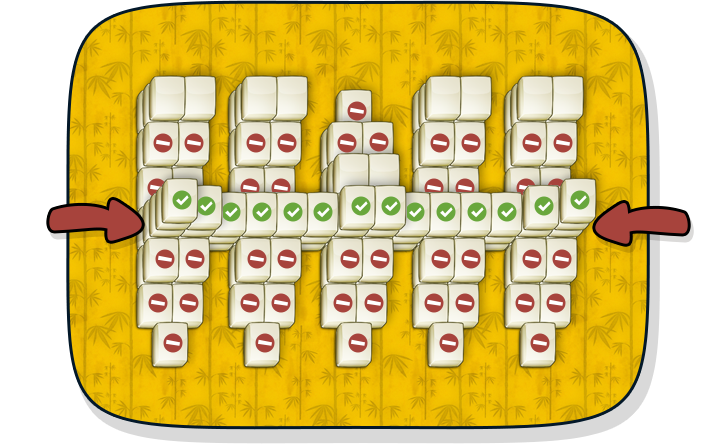 |
A hard level where it is really important to focus on the group in the middle. |
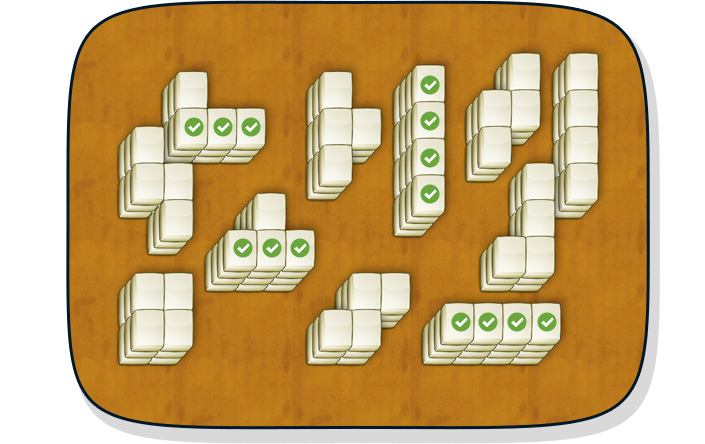 |
A level where the focus should be on the pillars of 4 tiles, and the long elements that block some of the tiles. |
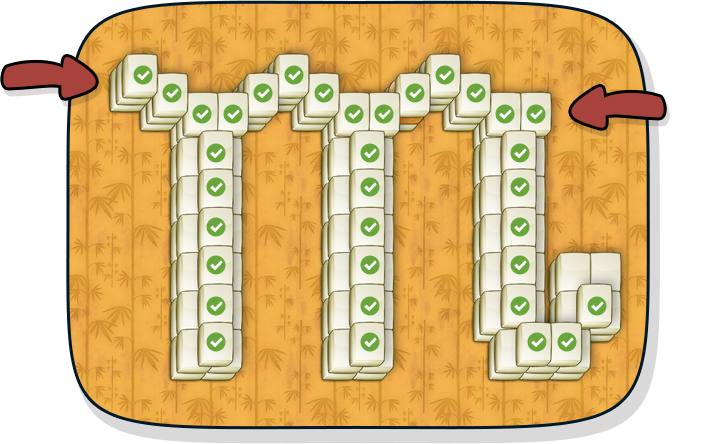 |
A very tough level where you need to focus on the top row, and at the same time try to open up the three pillars by removing the top tile. |
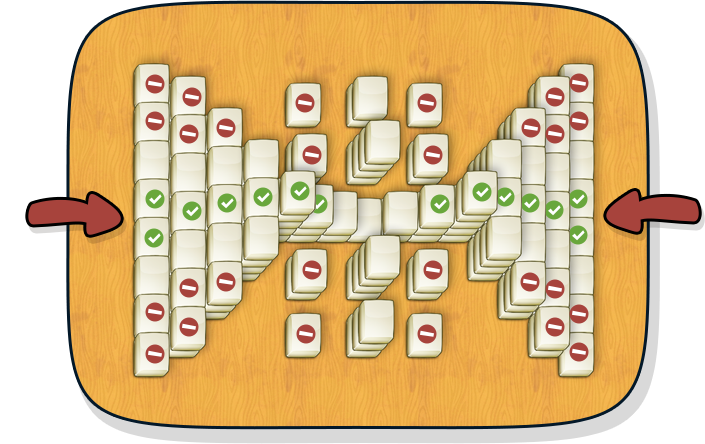 |
A level where you again need to focus on the group in the middle. Many of the surrounding tiles should only be used if absolutely necessary. |
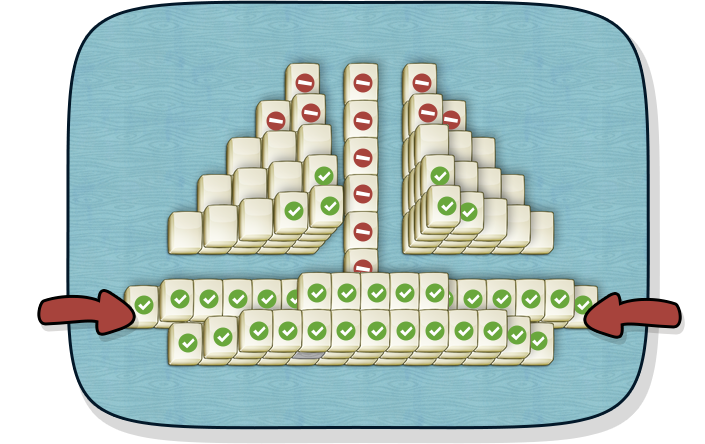 |
Here the focus should be on the lower groups of tiles. Other tiles that are completely free should be saved for last, if possible. |
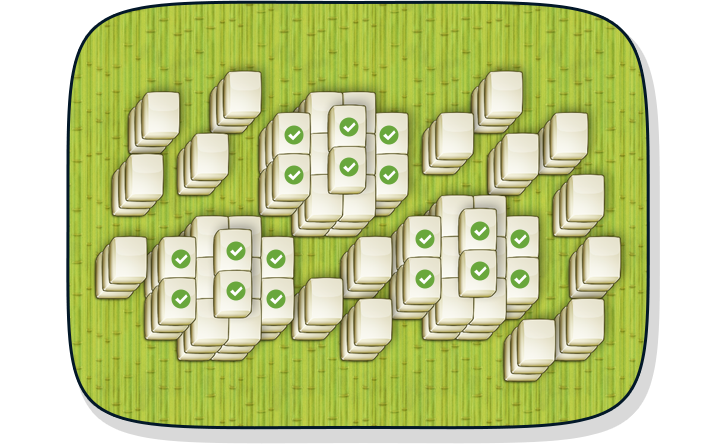 |
Your main focus should be on the tiles that block others. When the level has been opened up, then your focus should be on all the tiles. |
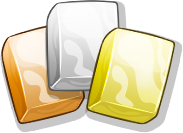 | Special tilesSometimes you can be lucky enough to find a special piece. If you collect gold, silver or bronze tiles,you will see your progress on the yellow bar at the top of the game. When the bar is completely filled, you get a bonus spin. There are other special tiles in the game that are even rarer, namely gems. You're in no doubt when you come across a gemstone and some are rarer than others. Some gems are only found in the difficult levels and others in the easier ones. If you collect a gem, you will also receive an extra gold star for your collection. You can get 3 gold stars in total for each coloured gem you find. You can see all the gems you have found in the trophy room on the front page. |
Level builderIn Mahjong 3, it is also possible to build your own mahjong levels, and play your friends' levels as well. You will find this function on the front page of the game under "User Levels". If you create a good level there is a chance it will be published in a new book, so everyone gets a chance to play it. In that case, you will be rewarded with tokens and your username will appear as builder of the level. |  |
 | What is a good level?When building a level in our edition of Mahjong games Classic, you should consider two things:how difficult should the level be and its looks. Hard levels are very compact and often do not have many holes, whereas an easy level has many free tiles. These items can also be easily combined to get a more interesting level. It is of course also important to make sure that the level is visually beautiful. Does it look like a certain thing or does it have a beautiful pattern? If you build the level too big with tiles widely scattered, the tiles will then seem very small when the level is played, which is not optimal. Also, do not copy a level that has already been published or has been taken from Mahjong 2 or has been created by another user. Copied levels will never be published. Originality pays. As a rule of thumb: a compact, stylish and original level in whatever difficulty, is a really good level. Good luck with the Level-Builder. |
Mahjong history
Mahjong history is rich in cultural influences and development over time. Although the exact origin and development of the game is difficult to pinpoint due to the lack of precise documents and sources, there are some theories and historical contexts that provide insight into its history.
Mahjong classic originated in China and was likely developed in the 19th century during the Qing Dynasty. It is believed to have its roots in various Chinese card and domino games that have been around for centuries. Some of these early games included playing cards and dominoes with symbols and characters.
The first form of Mahjong was played by the Chinese nobility and later became popular among the general population. Originally played with a set of 136 tiles, it is believed that the extra tiles were added later to increase the game's complexity and strategic elements.
In the early 20th century, Mahjong was introduced to Western players and quickly became popular in the US and Europe. In the Western world, the game was adapted to be played with standard playing cards and has since gone through different variations and rule sets.
During the 1920s, Mahjong became an international sensation and was considered an exotic and trendy form of entertainment. The popularity of the game was further boosted by its presence in movies and novels, which contributed to the spread of Mahjong in Western cultures.
Today, Mahjong remains an extremely popular game in both China and the rest of the world. It is played both as a social game among family and friends and as a competition in professional tournaments. Mahjong has also found its place in digital formats and is available as computer games and mobile apps.
Mahjong's history is living proof of the game's ability to survive and adapt across generations and cultural boundaries. Its strategic depth, symbolism and exciting gameplay have ensured its continued popularity and made it one of the most loved and played board games in the world.
General about Mahjong
Mahjong is a popular strategic board game that originated in China and has been played for centuries. It is typically played by four players, although there are also variations for three players. Mahjong is known for its beautiful and intricate game pieces and the complex strategy involved in the game.
The game is played with a set of Mahjong tiles, usually consisting of 144 pieces. These tiles are divided into different sets and are typically carved from ivory, bamboo or artificial materials. Each set consists of different characters and symbols, including circles, signs, bamboo and wind and dragon tiles.
The object of Mahjong is to form sets and sequences of tiles to create a complete hand. Each player receives a certain amount of tiles at the start and must then take their turn to draw a tile and then discard a tile until they have a complete hand. A complete hand usually consists of four sets (either three of a kind or a sequence of three) and a pair.
Players attempt to build their hand by collecting pieces from the open wall, which is the central wall of pieces located in the center of the playing area. They can also choose to steal a tile that another player has discarded if it completes a set or sequence in their hand.
Mahjong is known for its many rules and strategic elements. Players must be aware of what tiles are available, what sets and sequences they can form, and what tiles to discard to avoid giving their opponents an advantage.
Mahjong is more than just a game, it's also a social activity that brings family and friends together. It requires concentration, tactical thinking and the ability to read opponents' moves. The game can be played in a relaxed atmosphere or as a competition in tournaments. Mahjong is loved and played all over the world and is a great way to challenge yourself and enjoy time with others.
Gameplay video
Reviews
-
Elementary
This is a good game for someone learning mahjongg to learn the technique & speed necessary to achieve a good score. It's not for someone who completely understands those principals & it more skilled (like myself). I do like the choice between toon & classic Chinese characters. And most importantly, I can turn OFF the music.
-
pats518
This game is addictive and I love it. I just wish Playtopia would put it back to its original format so that the sessions would register and automatically move to the next puzzle like it used to.
-
Love it!
Love this game. So fun and addictive to play. Look forwarding to playing more and beating all levels.
-
wendy3559
Love this game, it is so addictive once you start you will not want to leave. Thanks playtopia just keep the new levels coming
-
Mahjong 3
Fantastic mahjong game! I am addicted to mahjong games and Playtopia's mahjong 3 is the best one on the internet. Love have different tile sets to choose from and the lay outs are very interesting and challenging. LOVE IT! LOVE IT! LOVE IT!
-
ADDICTED
Love this game it has me totally mesmerised am totally addicted. Need more levels to keep us all going though
-
love it
love this game but more levels are needed to keep us addicts going :-) also make gems a little easier to collect and more explanation as to what these are for.
-
Fantastic!
Fantastic game. Highly recommended for anyone who loves mahjong. It should come with the warning - extremely addictive. I might never leave my computer again!
-
great game love the lay outs
great game love the lay outs and free pairs, need a challenge and badges for the game.
Hope to see more puzzles added and sequences, had some trouble with puzzles loading, slow start up


